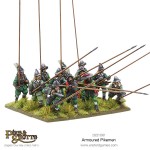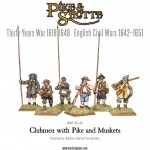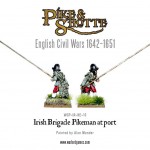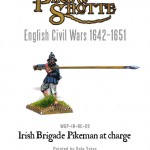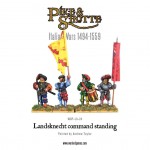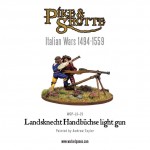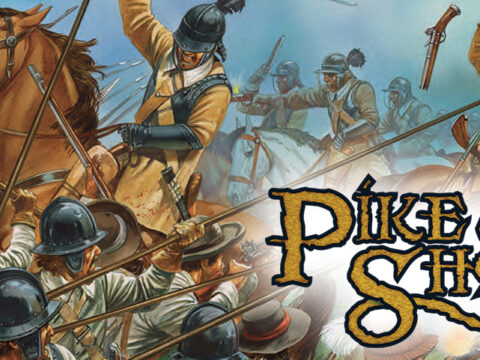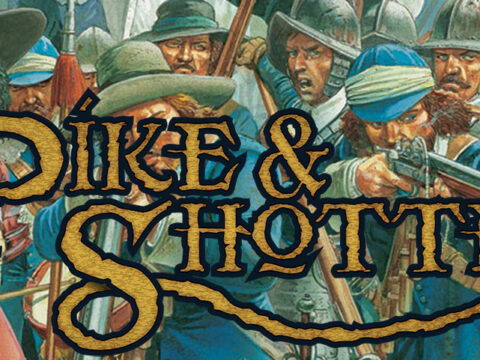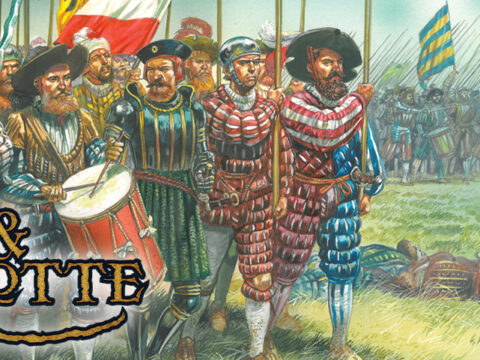Andy Bartlett introduces an impressive Pike & Shotte battle that recently took place at the Sanctuary gaming Centre club and most recently it was the first thing everyone who entered through the doors at Salute 2017 would have seen, promoting ‘To Kill a King‘ for Warlord Games and support the author Charles Singleton who was signing copies all day…
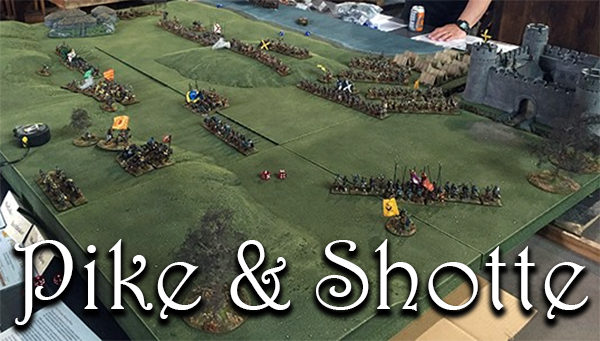
Campaign Background
After two years of bitter fighting, the British Civil Wars were far from over at the end of 1644. Despite the complete loss of the North of England to the King following the Royalists disastrous defeat at Marston Moor in July, the Royalist armies had managed to defeat Essex and Waller’s armies in the South and militarily things seemed to be held very much in the balance. The English Parliamentarian were aided in their struggles in England by an allied Scottish force; the Army of the Solemn League and Covenant. The King very much hoped that the Scots Covenant army could be distracted from further operations against him in England by there being more resistance by his Royalists supporters in Scotland.
The King had appointed the Marquis of Montrose as his Lieutenant General in Scotland with the hope that Montrose would not only win back this kingdom from the Covenant Government, but also that his activity would force the Covenant government to pull their troops back from England. Montrose’s actions in Scotland had started well in the summer and autumn of 1644. He had united the disparate Royalist forces in Scotland, and had then won two convincing victories, one at Perth and one at Aberdeen, against the hastily raised Covenant militias. However, as the winter approached support for Montrose seemed to be on the wane, and the Covenanters convinced themselves that the harsh winter conditions would see the complete disintegration of Montrose’s motley band.
Montrose has no intention of giving up his campaign so easily. He held a council of war with his commanders and they decided on a course of action that would strike at the heart of the Covenant, and also unite those willing to support the King. The Marquis of Argyle was the head of Clan Campbell and the most powerful noble in the Scots Covenanting government. The Lords of Argyle and their Campbell clansmen were the most powerful clan in Scotland, but their achievement of pre-eminence had made them many enemies over the centuries. By attacking Argyle, Montrose could not only strike at the heart of the Covenant government, but could also unite all of those who had some enmity towards the most powerful Clan in Scotland and their Chief.
This plan was most eagerly taken up by many of the highland clans who had long standing feuds with the Campbells, especially the MacDonalds in Montrose’s force, including Alasdair ‘MacColla’ MacDonald, who led the Irish veterans fighting for Montrose. At the beginning of December 1644 Montrose and MacColla carried out a lightning strike deep in to the heart of Campbell territory. Such an attack, in mid-winter through mountain passes, was so unexpected that Montrose and MacColla were able to carry out a highly successful ‘chevauchee’ throughout the Campbell homelands for some weeks, forcing Argyle to flee from his own castle by sea to avoid capture, and delighting the Campbell’s foes.
Montrose’s actions stung the Scots Covenanters in to action. As well as Argyle raising his own force, the Earl of Seaforth was commissioned to raise troops in the far North of Scotland, and the Earl of Leven sent his most trusted subordinate, General Baille, with troops back from England to Scotland to help regain control of the country. This left Montrose with three armies to fight, and with his forces diminished by those returning home to secure the booty won from the Campbells in the winter raiding.
Battle Introduction
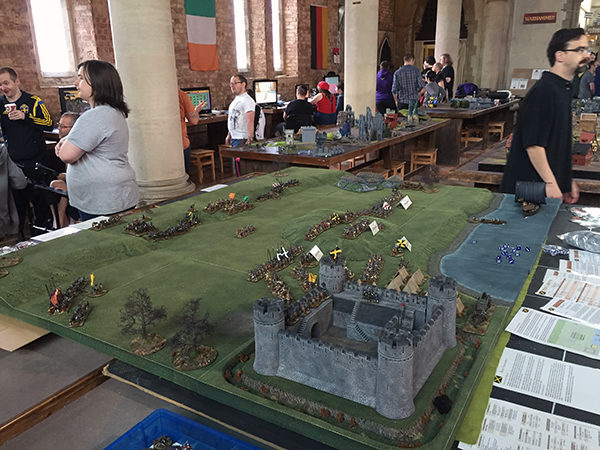
Amongst all of Montrose’s battles Inverlochy is especially interesting as it involves a significant number of irregular highland troops on both sides. In Montrose’s other battles the Covenanters fielded a majority of regular troops, while Montrose often had a significant number of irregulars. Inverlochy was as much a result of the conflict between Clan Campbell and Clan Donald, as it was to do with the conflict between the King and the Scottish Covenanting government.
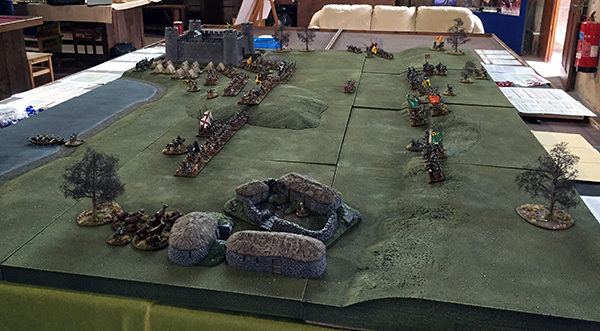
It is ironic that this clan conflict had its roots in the Campbell’s long term strategy of supporting the Scottish crown, as opposed to the MacDonald’s attempts to regain independence from the Scottish crown. At Inverlochy the MacDonalds were now fighting for the King against his rebellious Scottish government supporting the Solemn League and Covenant, led by the head of Clan Campbell. There was also a strong sectarian difference between the two armies. The Covenanters were all Protestant Presbyterians, while the majority of the Royalists were Roman Catholics, both the Irish and the Highlanders, with the exception of Montrose himself and a few others. There was also a long-standing enmity between the Highlander and the lowland ‘Sassenach’, but at Inverlochy this was overshadowed by the animosity between the neighbouring highland clans, both sides seeking vengeance for injuries recent and historical. So, Inverlochy can be seen as one of the last large scale inter-clan battles, as well as another battle in the bloody British Civil Wars.
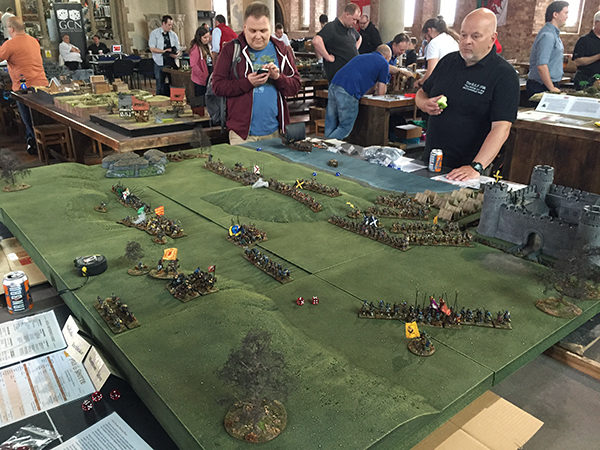
By the end of January 1645 Montrose and MacColla were marching north up the Great Glen towards Inverness. He receives word that Argyle is only two days march behind him at Inverlochy. Knowing that there are two other large Covenant forces operating against him Montrose decides that he must eliminate one as quickly as possible. He decides to turn back south and to face Argyle. But how to approach Inverlochy without Argyle being aware of it?
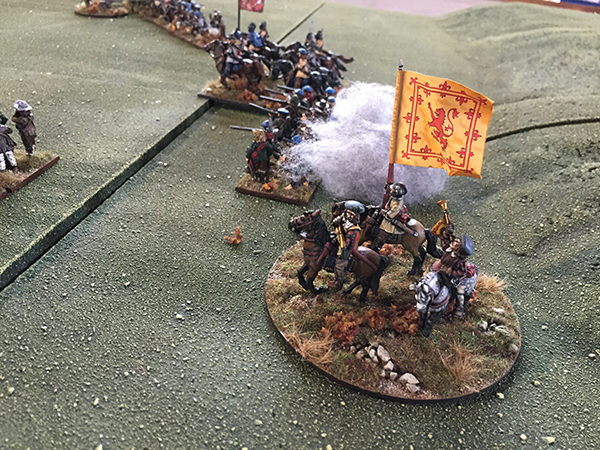
Montrose was advised of an unguarded route through the mountains back to Inverlochy, rather than taking the normal route straight down the glen by road. After a 2 day, 30 mile march in mid-winter, through some of Scotland’s toughest terrain, Montrose’s force arrived, hidden in the hills above Inverlochy, on the night of the 1st February tired and hungry. They had little to comfort themselves with as they sat and watched the Campbell campfires in the darkening gloom. Their tough march had given them the element of surprise, and the Campbells would have no choice but to fight the next day. From the reports of the Royalist scouts, and the numbers of the campfires, there is a considerable force of Covenanters at Inverlochy; probably twice as many men as Montrose had with him. It will be a hard fight!
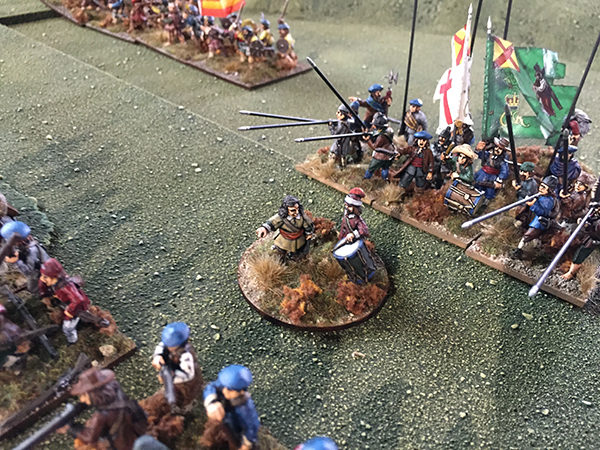
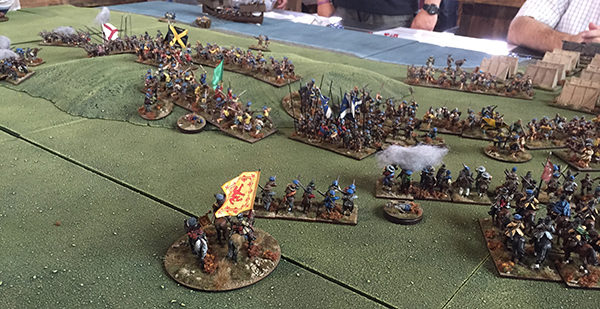
.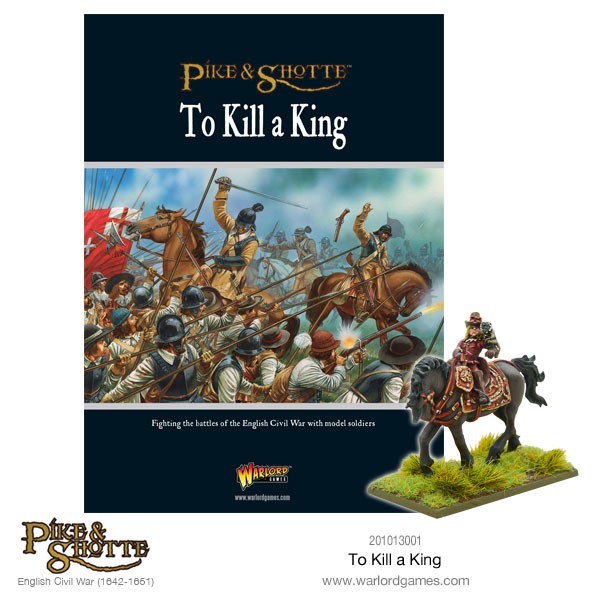
Build a civil war army today!
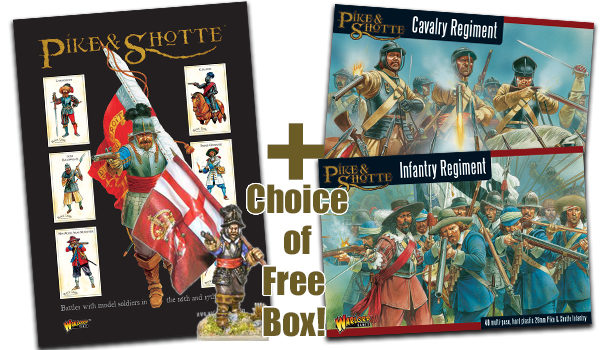
Purchase a rule book and get a box of choice for free! This Pike & Shotte deal ends this week so make sure you take advantage of it!

